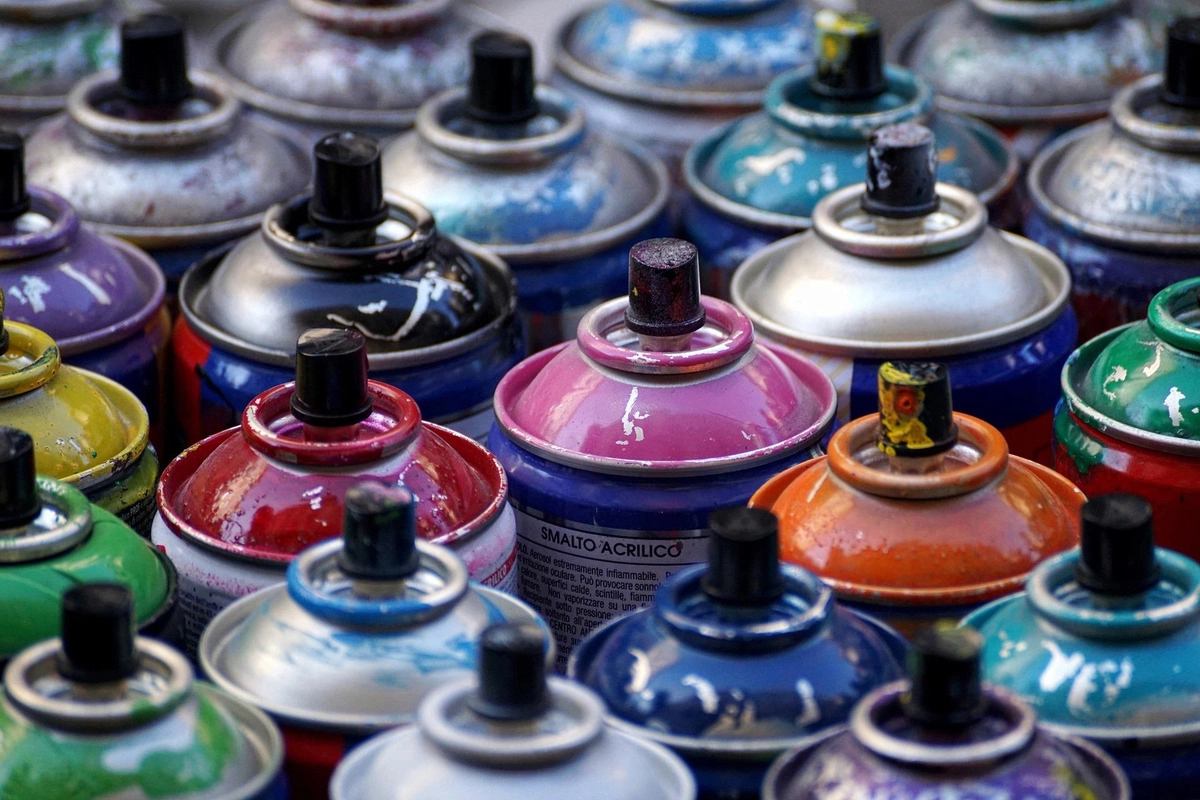Can you repair your car with a colour-match spray paint?
A scuff or a scrape to your vehicle’s paintwork is a nightmare scenario that nobody wants to experience. But if someone else’s insurance isn’t going to cover it and you’re having to worry about meeting repair costs yourself, that’s even worse. And that’s when you might start speculating - could I fix it myself, how hard could it be? Luckily, for damage that isn’t too serious, the answer might be yes - provided you have the right products and follow these simple steps.

Prepare your surface
Before attempting any repair work yourself, preparation is important - any half measures at this stage will be reflected in the final results.
If possible, work in a dry environment that isn’t too cold - so if you don’t have a garage, time to call in a favour for a few hours from a family member.
Firstly, prep the surface of your repair area to remove any rough or raised sections of the top coat.
The best way to do this is with wet/dry sandpaper - we recommend PaintNuts Wet & Dry sanding sheets.
For more detailed info on how to use these, see our recent post on which grade sandpaper suits certain applications.
Next, remove any residues, grease, fingerprints or debris by clearing the surface with an aerosol panel wipe.
Primer and paint
Now you’re almost ready to apply the primer layer - a good tip here is to warm the surface first with a hairdryer to help adhesion.
Again, this isn’t easily done if you’re working outside, so for best results we advise being indoors in a warm, dry space (over 15 degrees).
After applying primer as required, leave to dry for several hours (at least eight - or overnight if possible).
When ready, it’s time to apply your top coat colour-matched paint, which can be selected simply by entering your vehicle registration number.
Again, for best DIY results, warm the surface before paint application to give a better chance of adhesion.
The key is to apply enough paint without it running, so a gently heated surface will help this.
Apply back and forth motions of single coats - you will need to feather or blend into existing paint work when using an aerosol.
Be mindful of the weight of paint you spray - while too much can result in running, too little can make it look dull and dry.
Lacquer and finishing
Once your top coat colour-matched paint has dried completely (again, ideally overnight for best results) you can apply lacquer.
Using the same surface warming trick as in previous steps, prepare the area before applying the required amount.
This layer will protect and improve the overall finish of the repaired area and reduce the chance of the damage worsening in future.
Realistic expectations
Yes, we said work in a dry space you can leave your car in for several hours at a time and use a hairdryer as needed - but we also know not everyone can.
That’s why we say ‘for best results’ - it doesn’t mean you can’t fix your car damage with colour-matched paint working outdoors.
But when working in a colder environment, with more potential contaminants, it’s important to recognise your results may not be professional quality.
But it’s essential you apply car paint in a dry environment as any moisture in the air will cause the aerosol paint to bloom, resulting in a matt, dull finish.
Don’t worry though, by taking care to prepare properly and following the right guidance on products and processes, you should get a finish you’re happy with.
And if you’ve any questions or need further advice on repairing your vehicle paint damage, please get in touch to speak to one of our helpful team members.



